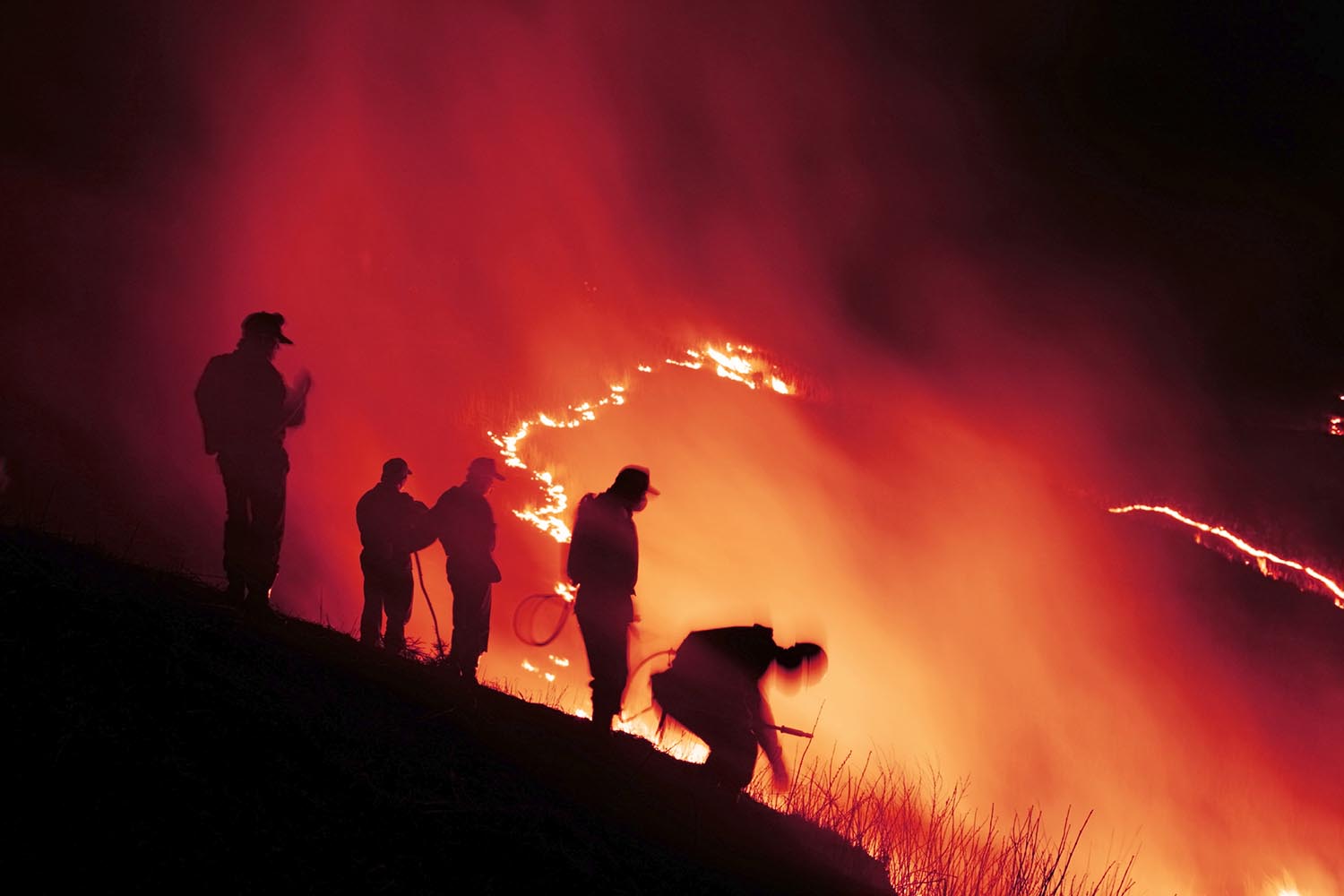
Wildfire detection is going to space thanks to NASA’s Jet Propulsion Lab in Pasadena, California. NASA technology is being developed to equip over 200 satellites with sensors to detect wildfires on a global scale. The sensor, called the FireSat, will be of great help in regards of wildfire detection, and notify authorities of illegal gas flaring, volcanic eruptions and many other manmade and natural hazards.

NASA Technology Develops FireSat
The concept for FireSat was first presented to NASA/US Forest Service Tactical Fire Remote Sensing Advisory Committee in 2011, but the technology was not yet developed. Now, the system is well on its way, and more advanced than any other NASA has developed to detect wildfire activity. The new FireSat will detect any fire between 35-50 feet wide or larger within 15 minutes of the initial flint, and it will be able to notify appropriate authorities in as little as three minutes.
FireSat Sends Images of the Fire Every Minute
The new satellite will send low-resolution images and coordinates of the fire’s exact locations to authorities. It will also be able inform on perimeter, intensity and movement of the fire. In addition, the new NASA technology will make it possible to also note the hydrological, carbon and vegetation information concerning the fire. The best part of all, since this is all acquired from a satellite, it will be able to reach areas with little to no network or internet connection.
JPL Takes The Lead on FireSat Project
JPL will be working on the development of the sensor network, collaborating with California’s Ecliptic Enterprises, which will supply the sensor assemblies. JPL will also be joining hands with Quadra Pi R2E, which has already gotten $30 million funding for the project and an additional $20 million in non-government grants. The satellites will hopefully be running by June of 2018.

















